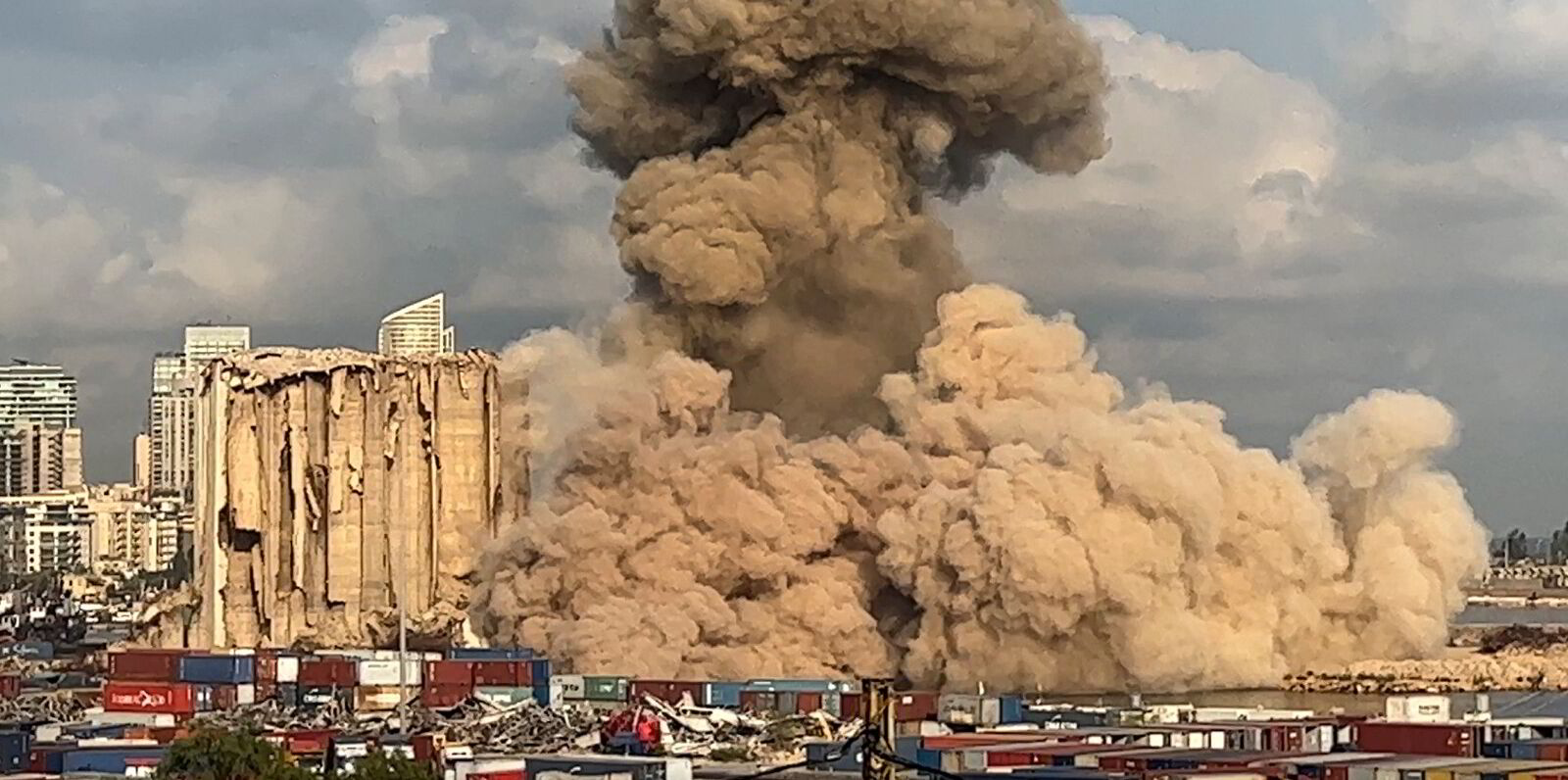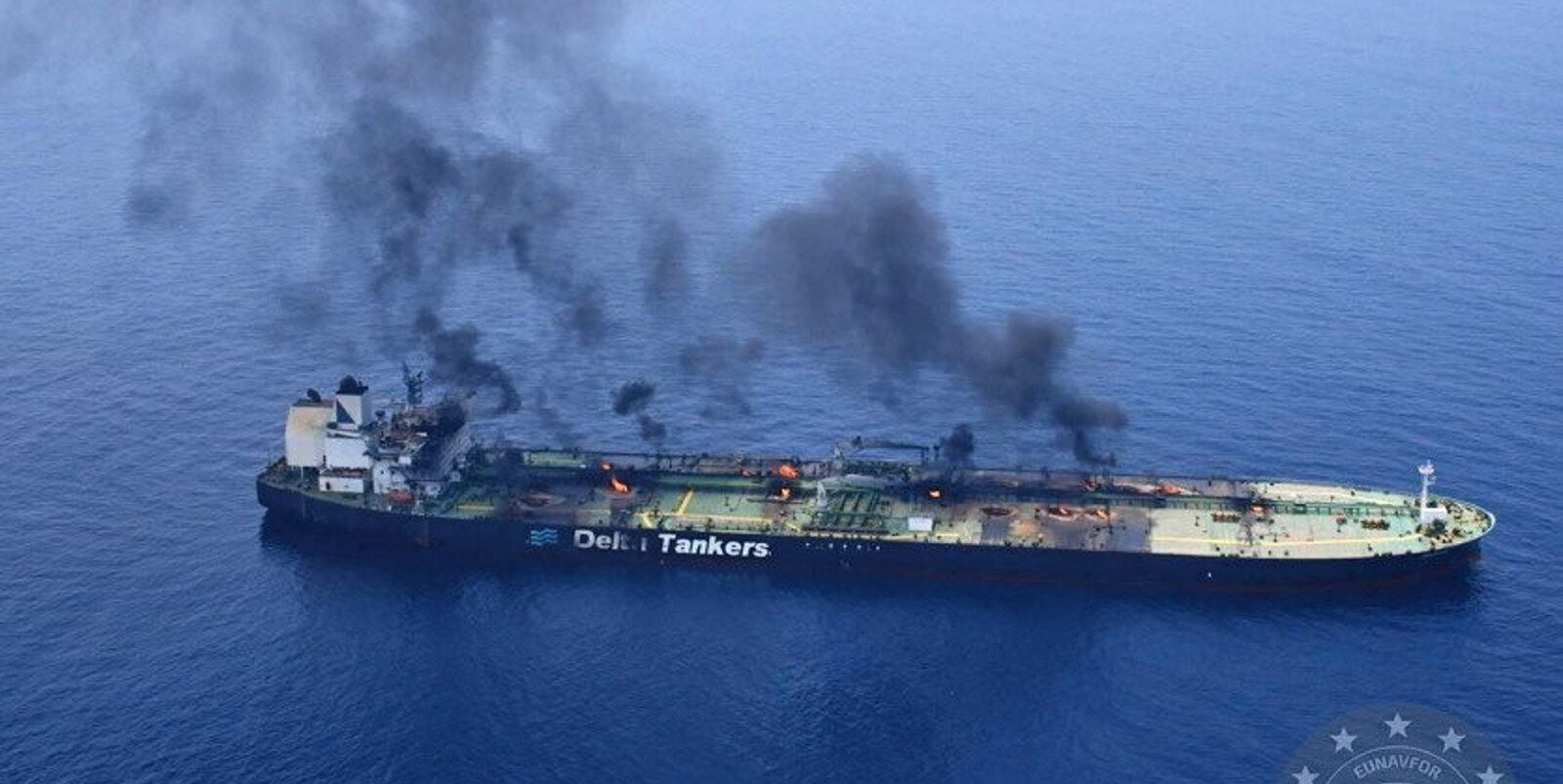Experts have downplayed fears of a catastrophic explosion on board a damaged bulker carrying ammonium nitrate.
This is despite the 20,000-tonne cargo having an explosive power equal to that of the atomic bomb dropped by US forces on Hiroshima in Japan during World War II.
The Dubai-controlled 37,000-dwt Ruby has been rejected by Norway and Lithuania as it seeks refuge for repairs after being damaged in a storm en route from Russia.
A much smaller quantity of ammonium nitrate caused the devastating blast in the port of Beirut, Lebanon, that killed at least 218 people in 2020.
Roland Alford, managing director of Alford Technologies, a company that works with explosives, told Newsweek any blast on the Ruby would be “by far the largest accidental explosion of ammonium nitrate”.
“In fact, the bomb in Hiroshima was 15 kilotonnes [15,000 tonnes] [and] Nagasaki was 20 kilotonnes, so it would be similar,” he said.
Alford explained the TNT equivalency of ammonium nitrate is about 80%, so the explosive potential of the cargo on the open-hatch vessel would be broadly similar to the Hiroshima bomb.
But the ammonium nitrate would have to catch fire to detonate.
Andrea Sella, a professor of chemistry at University College London, noted concerns about the substance.
But he said he is not particularly worried about the risk to the Ruby’s cargo.
Welding would raise risk
He pointed out large amounts are moved around the world on ships all the time.
The Ruby was expelled from Tromso in Norway earlier this month.
The master then sought permission to berth in Klaipeda, Lithuania, for repairs.
But Lithuanian Prime Minister Ingrida Simonyte said the ship would not be allowed to dock.
The Malta-flag vessel has remained off Norway.
AIS data was still showing Lithuania as a destination, scheduled for 22 September.
Sella said it would be interesting to know the nature of the repairs planned for the vessel, “as clearly welding might significantly raise the potential fire risk”.
“But I think that unless there were a fire on board, the cargo is not really high risk. So while I understand the caution of the authorities in Tromso, I suspect that the chances of a similar disaster are relatively modest,” he added.
It is reported that most of the bulker’s 19 crew members are Syrian.
AIS data shows the Ruby sailed from the Russian city of Kandalaksha on 23 August.
The ship sustained damage to its propeller, hull and rudder in a storm, the Barents Observer reported.
Data from Equasis and Clarksons shows the Ruby is controlled by Serenity Ship Management, which manages 10 bulkers and general cargo ships.
The company has been contacted for comment.





